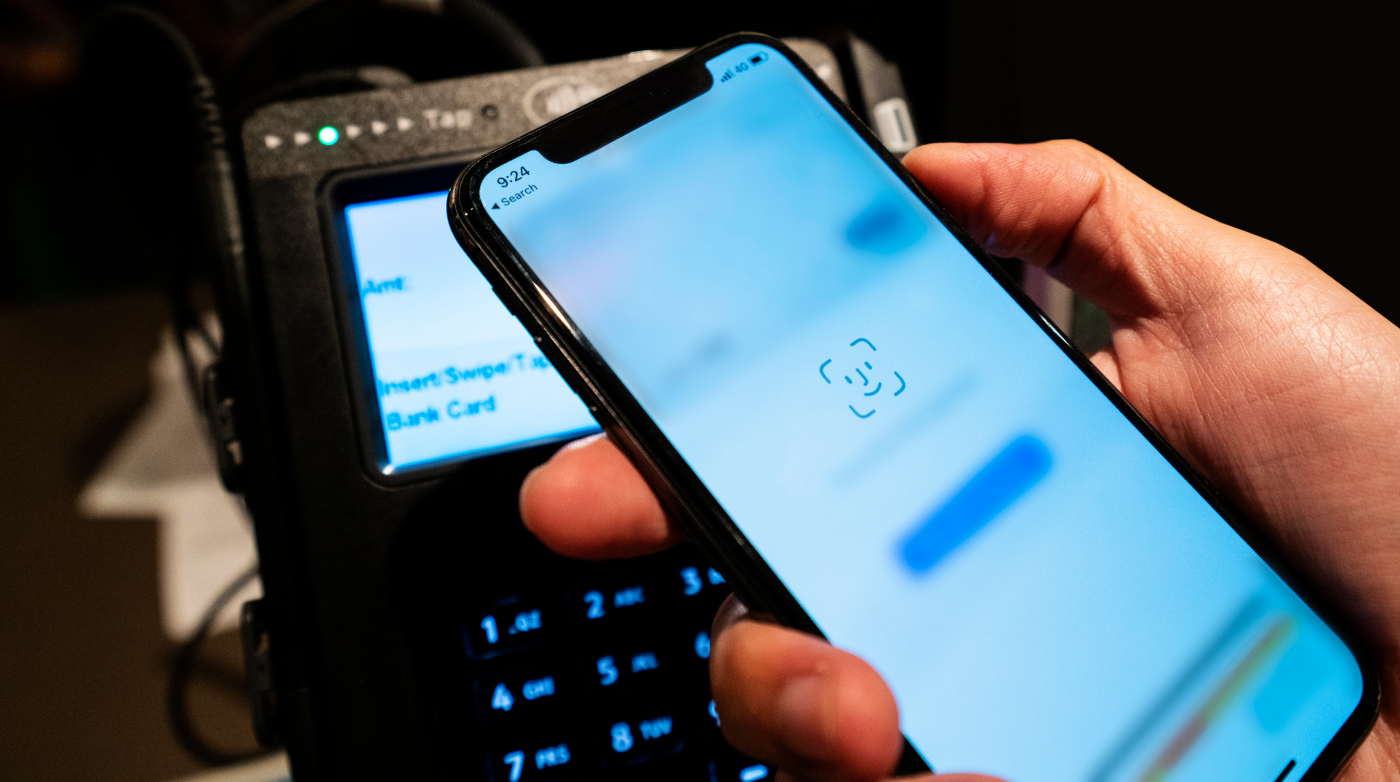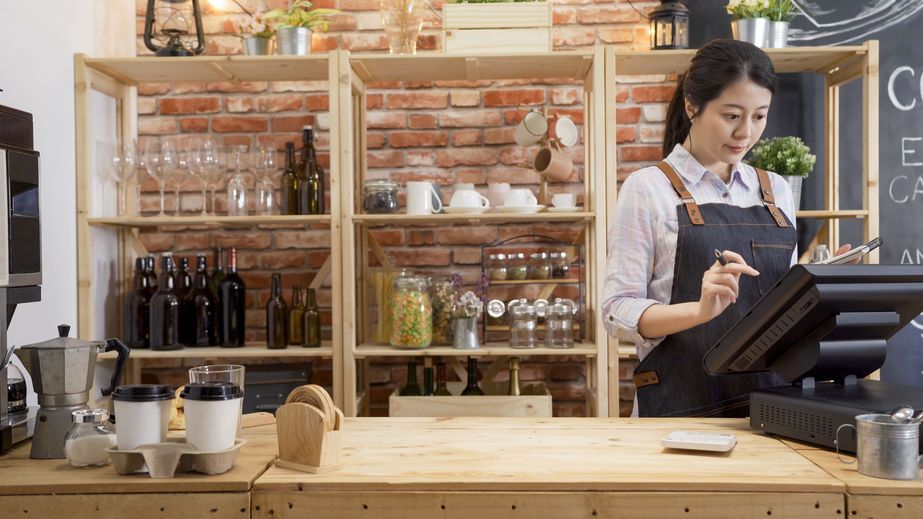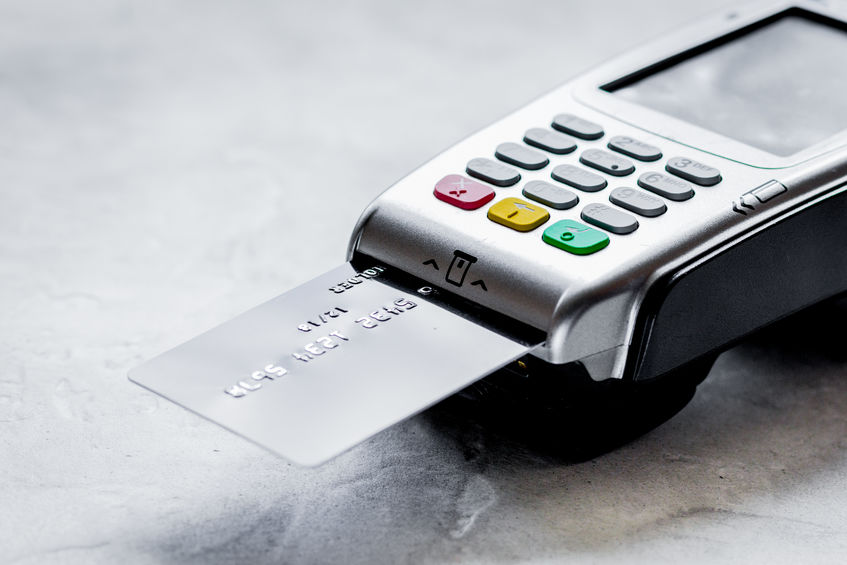Three Different Types of Mobile Payments Explained
Mobile devices have become an ingrained and integral part of our daily lives. Today, over 80% of adults in the United States own a smartphone, and roughly half own a tablet. More than just communication tools, those mobile devices exist to entertain us and make our lives easier, and, unsurprisingly, they’ve become a go-to tool for one of our favorite pastimes – shopping. In 2020, 167 million Americans bought something on a mobile device, making mobile shopping an opportunity merchants can’t afford to miss out on.
Each of those mobile purchases requires a mobile payment solution, and many merchants fail to adopt mobile sales because they simply don’t understand the mechanics of getting paid. So, how do shoppers pay on their phones and tablets and 2021, and what do merchants need to do to enable those payments in their own stores and their own ecommerce sites? In this article, we’ll shed some light on that topic through a quick primer on three of the most popular and most innovative mobile payment solutions in use today, how they work, and how merchants can get on board.
Three Types of Mobile Payments
Digital Wallets
Digital wallets are applications that allow users to load their debit and credit cards into their accounts in digital format, giving them access to the full utility of their physical wallet from their phone or computer. Once cards have been loaded into a digital wallet, a default card can be set, and payment can then be made with a single click of a button or the tap of their phone, tablet, or watch. There is no need for a customer to log in when shopping online, and transactions are secured with a thumbprint or facial verification, making digital wallet payments both faster and more secure than arguably any other card-based payment method.
Apple Pay, Samsung Pay, and Google Pay are the top three digital wallet payment solutions on the market today, but a huge variety of options are available from Amazon, Garmin, and many other companies, ensuring shoppers can utilize a digital wallet regardless of the type of device they own. Adoption is growing rapidly thanks to the mobile familiarity of millennial and Gen Z shoppers and the fact that digital wallets now come stock on effectively all mobile phones and all Macbooks equipped with Touch ID. Today, Apple Pay already accounts for 5% of all card transactions, and that share is forecast to double by 2025.
One-click digital wallet payment is a built-in feature in many modern ecommerce systems, enabling merchants to turn it on or off easily from their store settings. To accept digital wallet payments in-store, merchants need nothing more than an EMV-compliant contactless payment terminal, which uses nearfield communication (NFC) and magnetic secure transaction (MST) technology not dissimilar to the RFID technology used by tap-enabled credit and debit cards.
Browser-Based Mobile Web Payments
Mobile sales now make up roughly 50% of all ecommerce transactions in the U.S., and the vast majority of those sales are browser-based, using traditional ecommerce systems and online shopping carts optimized for a mobile experience. As with a normal online purchase, shoppers making browser-based purchases enter their payment information directly during checkout or account creation. Responsive design and mobile-friendly operation are a standard feature of today’s top ecommerce solutions, making browser-based mobile ecommerce easily accessible for all merchants. However, there are some best practices ecommerce merchants should follow to ensure the most friction-free mobile shopping experience possible.
First and foremost, ensuring an ecommerce site’s navigation and product pages are optimized for mobile users ensures that searching and browsing products on smartphones and tablets are both easy and pleasing to the eye, minimizing the chance a customer will leave before ever reaching the checkout stage. That page optimization isn’t always a given, especially for merchants with older custom coded sites or sites built on CMS systems using older themes.
When it comes to the payment process itself, a best practice all merchants should follow is to offer one-click checkout to users who have accounts and stored payment data. One-click checkout enables shoppers to bypass the shopping cart altogether, allowing them to go from product page to their order summary and confirmation with a single click. That represents a major reduction in purchase friction, and anything that makes buying easier is a boon for sales.
QR Code Payments
QR codes are square, matrix-based barcodes that can be read with a mobile device’s camera. The codes can be custom generated to contain a wide variety of information – far more than can be stored in a standard barcode. That makes QR codes a popular tool in everything from manufacturing to marketing and, today, the technology is even being applied to payments.
QR code payments are far less popular than the other payment methods mentioned earlier, but they have been adopted by certain major retailers, most notably, Walmart. Walmart Pay enables shoppers to preload their payment data into the Walmart app on their mobile devices, much like a digital wallet. However, unlike most digital wallets, the app can only be used to pay at Walmart locations. Walmart Pay users scan their items at the checkout as usual, but rather than reaching for cash or a payment card, the cash register displays a custom QR code that can be scanned with the app to make an instant electronic payment.
QR code payments aren’t as widely available as traditional checkouts or digital wallet payments, but certain processors, like PayPal, do currently support them. However, their adoption by big-box retailers may see their popularity grow to the point that similar systems become available in the future on a smaller scale through more payment processors and digital wallet providers.
A variety of other mobile payment systems exist today, including SMS payments, direct payment links, and more. While many have limited uses and equally limited adoption, there is no question that, in 2021 and beyond, the consumer desire for convenient mobile payment options will only continue to grow. That ensures ongoing innovation in the space as companies look for new ways to make the shopping experience as fast, easy, and convenient as possible.
Merchants seeking to leverage the power of mobile payments today need to look no further than a BAMS merchant account. BAMS merchants can integrate their accounts with many of the most popular point-of-sale and ecommerce systems, and our EMV-compliant contactless payment hardware makes accepting digital wallets like Apple Pay and Google Pay a breeze.
To find out more about how BAMS can help you expand your payment options, improve your customers’ mobile shopping experience, and save on your transaction fees, submit a quote request to get started with your free five-point price comparison today.




